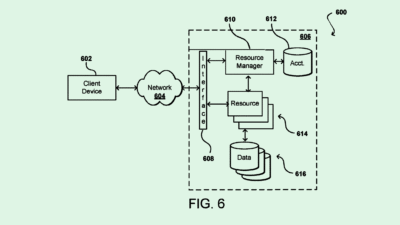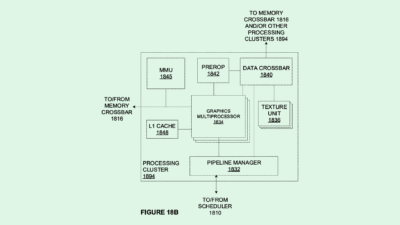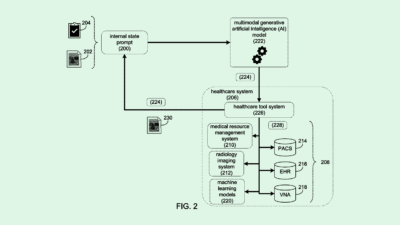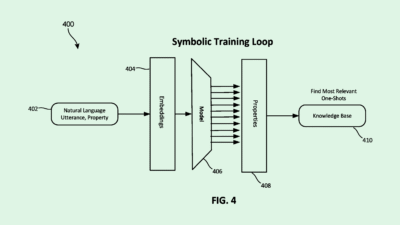Adobe Wants to Frame Digital Content Creation
Adobe’s system would use machine learning to help AI deliver the content that users want from large language models.
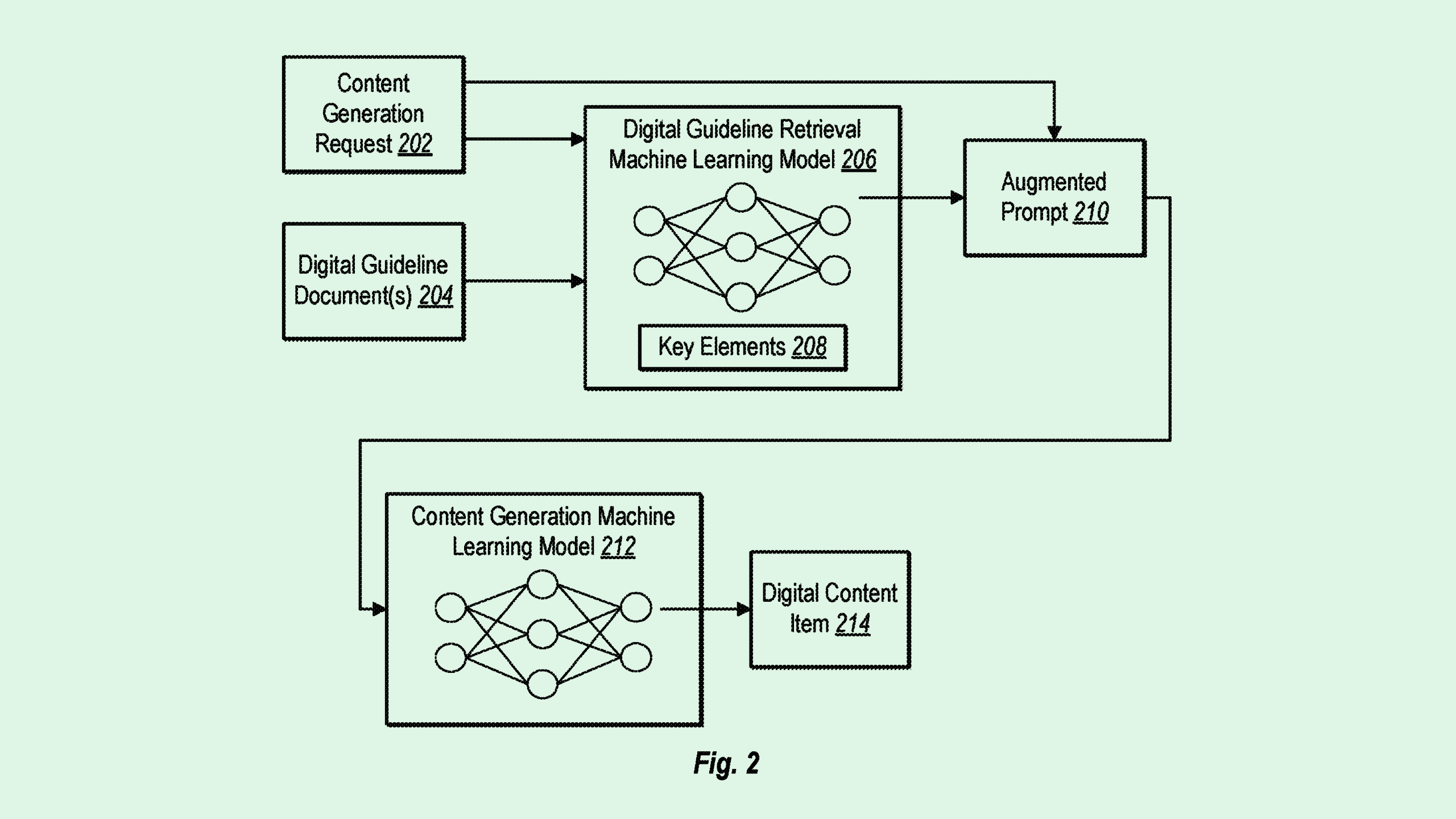
Sign up to get cutting-edge insights and deep dives into innovation and technology trends impacting CIOs and IT leaders.
If you’re going to use AI, why not give it the most context possible? That yields the best results.
After all, the more context a model has, the more accurately it can address users’ specific needs and create what they’re looking for.
In an effort to bring users more applicable and usable content, Adobe is seeking to patent a system that uses machine learning “to generate context-specific digital content items” such as text, PDFs or images.
First, the system reads a “digital guideline document” that details what kind of content is needed and what it should include. Then, it decides the best way to make that content.
There are two potential options:
- It writes a smart prompt to feed into a language model (prompt engineering).
- It updates the machine learning model itself so it better understands what to generate.
Using AI, the system finds the “key elements” of the guideline document and creates a new prompt that includes those essential elements, an instruction that’s designated an “augmented prompt.”
Then, using either the smart prompt or the updated model, it creates content that closely follows the original guidelines.
Adobe has expressed significant interest in augmenting and improving users’ experiences and creations. The company has filed patents for a number of AI tools for users, from a marketing co-pilot to an image editing and generation system and generative video tools.

